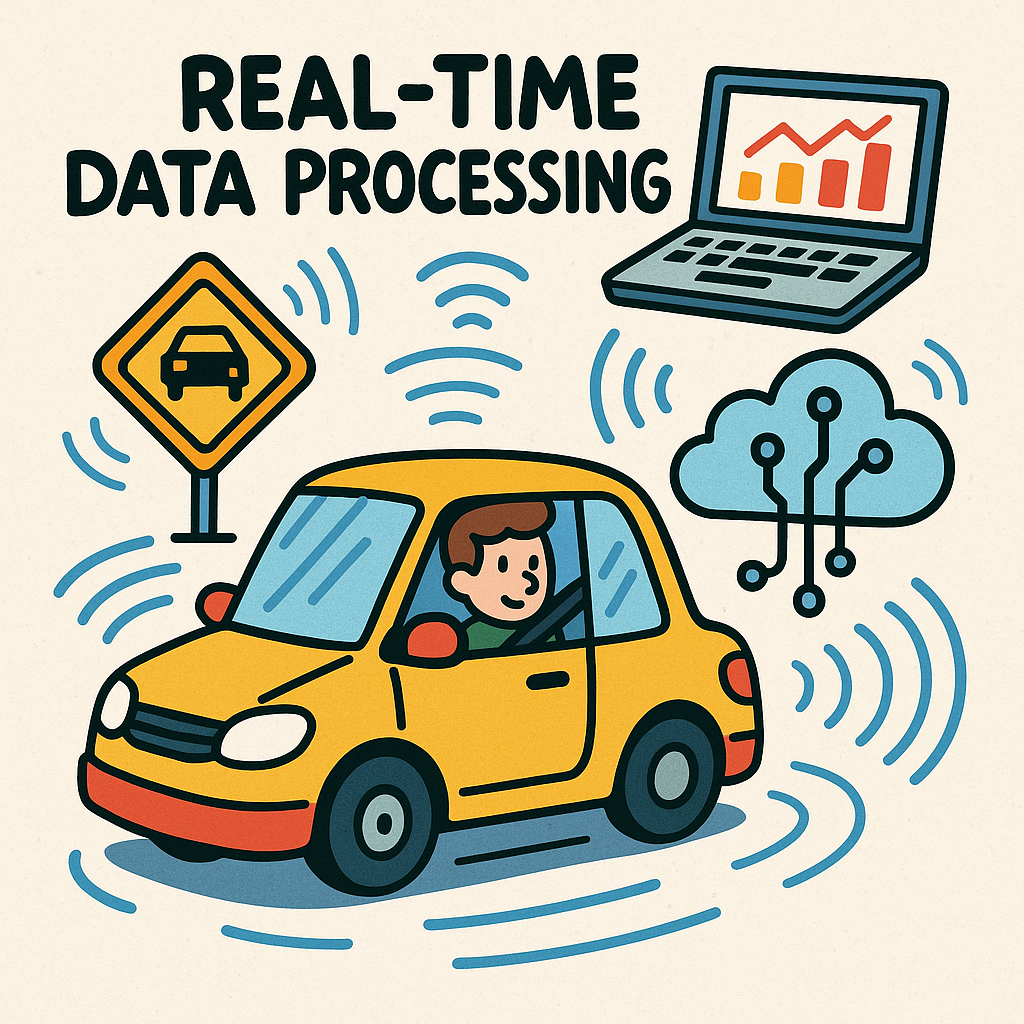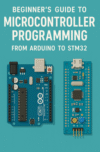Understanding Real-Time Data Processing in Automotive Embedded Systems
As we inch closer to a future dominated by autonomous vehicles and advanced driver-assistance systems (ADAS), the demand for real-time data processing in automotive embedded systems has skyrocketed. Imagine a world where your car can make split-second decisions based on a myriad of data points. But how does this all come together? Let’s delve into the intricate dance between embedded systems and real-time data processing.
The Pulse of Modern Automotive Systems
At the heart of any advanced driver-assistance feature lies a complex network of sensors, cameras, and processors. These components work tirelessly, gathering data and providing feedback almost instantaneously. The question is, how can we ensure that this data is processed in real-time?
When we talk about real-time data processing, we’re referring to the ability of a system to process input data and provide an output response within a strict time constraint. In automotive applications, the stakes are incredibly high. A delay of even milliseconds could mean the difference between a safe maneuver and a catastrophic accident. This is where embedded systems shine.
Microcontroller Trends Shaping the Landscape
In the realm of automotive embedded systems, microcontrollers play a pivotal role. Current trends show a significant shift towards RISC-V and ARM architectures. These architectures are not just about performance; they also emphasize power efficiency—a crucial factor for electric and hybrid vehicles. The emerging presence of AI accelerators in microcontrollers is particularly noteworthy. These chips enable on-the-fly processing of complex algorithms necessary for tasks such as object detection and lane-keeping.
Hardware-Software Integration Strategies
One of the biggest challenges in developing real-time processing systems is achieving seamless hardware-software integration. It’s not just about having powerful hardware; if the software can’t efficiently utilize that power, you’re left with a fancy paperweight. Here are some strategies that engineers are adopting:
- Real-Time Operating Systems (RTOS): These systems are designed to manage hardware resources efficiently, ensuring that high-priority tasks receive the time they need to execute.
- Edge Computing: By processing data closer to the source, we reduce latency. This is especially beneficial for applications that require immediate responses, such as collision detection.
- IoT Security Measures: As vehicles become more connected, ensuring the security of data being processed becomes paramount. Implementing robust security protocols can prevent unauthorized access and data breaches.
The Impact of Industry Innovations
We’re seeing a plethora of startups entering the automotive space, driven by innovations in robotics and AI. Technologies like the Jetson Orin Nano are making it easier for developers to create prototypes that can analyze data from multiple sensors in real-time. This democratization of advanced processing capabilities is pushing the envelope on what’s possible in automotive embedded systems.
Policy and Regulation Challenges
As the technology evolves, so does the regulatory landscape. Policymakers are grappling with how to regulate these advanced systems without stifling innovation. Issues like liability in the event of an accident involving autonomous vehicles or the ethical implications of machine decision-making are hot topics of debate.
Best Practices and Common Pitfalls
Developing real-time processing systems can be a double-edged sword. On one hand, the opportunities are immense, but the pitfalls can be equally daunting. Here are some best practices to consider:
- Thorough Testing: Always conduct extensive real-world testing to ensure that your system performs reliably under all conditions.
- Modular Design: Keep your design modular so that you can easily update or replace components without overhauling the entire system.
- Continuous Learning: As machine learning techniques evolve, integrate them into your systems to enhance decision-making capabilities.
A Glimpse into the Future
The future of automotive embedded systems looks promising. As we continue to refine our approaches to real-time data processing, we can expect to see even more sophisticated features in vehicles. Think about the potential of vehicles communicating with each other, sharing data to avoid accidents or optimize traffic flow. This interconnectedness could redefine our understanding of transportation altogether.
In this rapidly evolving landscape, staying ahead of the curve means embracing both the challenges and the opportunities that come with real-time data processing in automotive embedded systems. The journey is just beginning, and as engineers, we have the privilege of being at the forefront of this exciting transformation.



